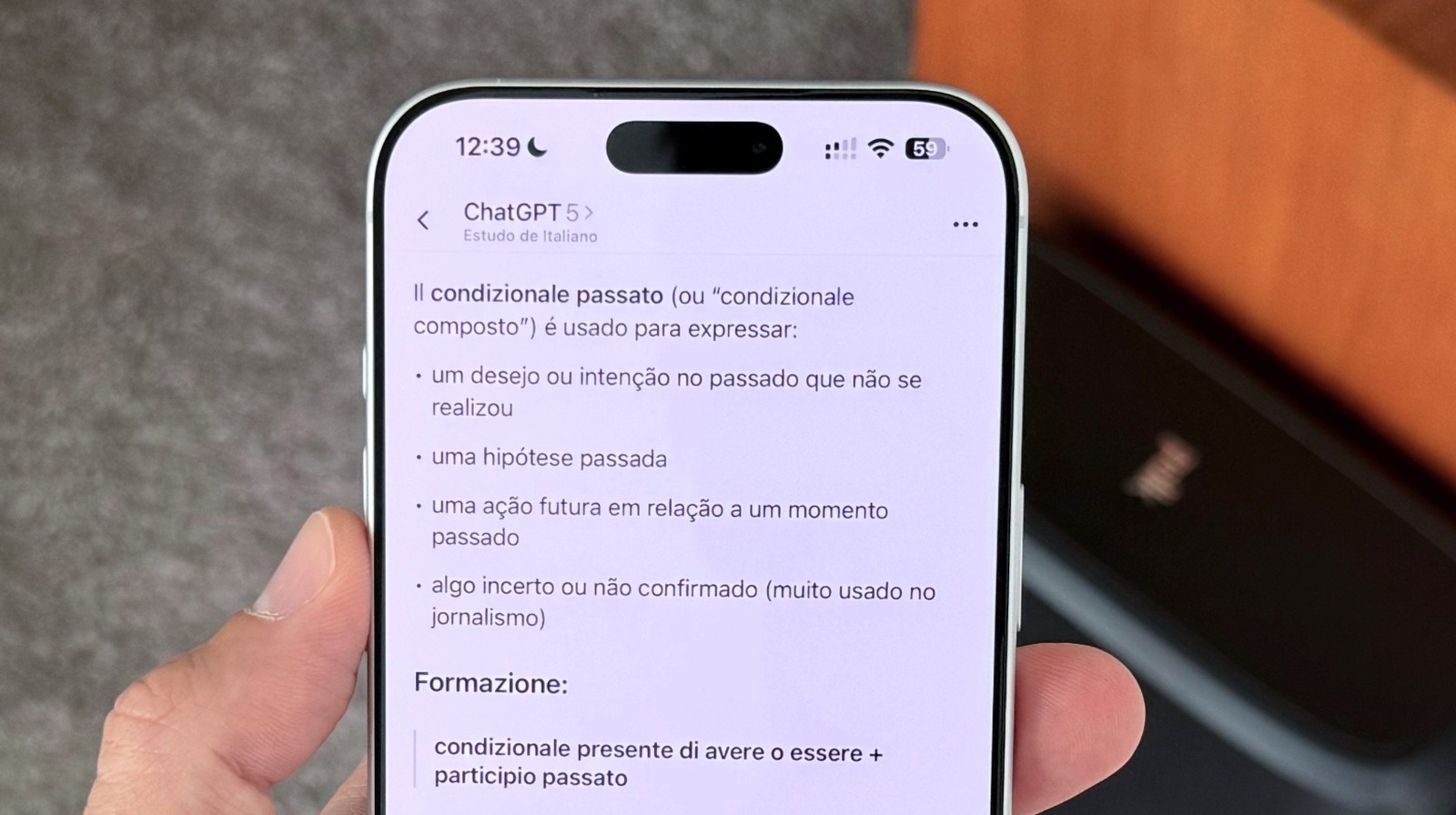Megan Ellis / Android Authority
There are a variety of ways I have been trying to improve my productivity on my browser, especially after making the switch away from Chrome. I’ve tried read-it-later apps, a new approach to bookmarks, and some useful extensions.
But recently, I discovered a tool that’s not only already built into browsers like Chrome and Brave but is also simple enough to fit seamlessly into my workflow. This feature is called custom search shortcuts, and it has been hiding under my nose for years.
What is your favorite built-in browser productivity hack?
0 votes
What are custom search shortcuts?

Megan Ellis / Android Authority
While I was aware that you could switch to custom search engines in most browsers, I didn’t realize that these came along with shortcuts that you could use to launch specific engines and websites from your address bar. This means that not only can you search within specific sites through your address bar, but you can also assign short text commands to access these sites and other bookmarks easily.
For example, if you like to use one search engine for research and another for shopping, you don’t need to change your default browser or first visit the search engine’s home page. With shortcuts, you can trigger the search engine from your address bar with a short text command. In addition, you can use text commands to act as shortcuts to websites in general with certain browsers.
You can set up these shortcuts in Chromium browsers (including Chrome, Brave, and Edge), as well as Firefox. Depending on exactly which browser you use, different options will already be built in — but you can easily add additional ones.
Chromium browsers like Chrome and Brave have these shortcuts built in, while Firefox has a slightly different spin on the feature.
In Chrome and Brave, you can access these shortcuts by going to Settings > Search engine > Manage search engines and site search. You will find the built-in shortcuts under Site search.
If you’re using Firefox, you’ll find these shortcuts under Settings > Search > Search Shortcuts. However, Firefox’s custom shortcuts require a search query placeholder, which doesn’t make them useful as text shortcuts in the place of bookmarks.
Those who prefer using an AI search engine will appreciate that the browser has these added as custom options. There are also default shortcuts you can use to access your full bookmarks list and actions list.
For custom searches, in both Chromium browsers and Firefox, you will add a search URL and the placeholder “%s”. This placeholder tells the tool where to add your search query. The best way to get this URL, if it’s not already available in the tool, is to go to the search engine or website search tool and use a test phrase and see how the URL is formatted with the query.
For example, if I search for “test” in Google, the resulting URL is: “https://www.google.com/search?q=test”. I can then replace the word “test” in the URL with “%s” and save this as a link in my shortcuts.
But since the custom search shortcut feature in Chrome and Brave is more flexible, I was also able to save shortcuts without any query, which is why I’ve found the feature so useful. For example, I created a shortcut to my Google Docs page using the shortcut “@docs” with the address to the website. Typing the text into my search bar and pressing Enter immediately took me to my documents page.
While I’m all for useful browser extensions, I’ve also been trying to cut down on my usage of them to protect my privacy and data as much as possible. The fact that these shortcuts are built right into my browser make them the perfect solution for me.
How custom shortcuts have improved my productivity

Megan Ellis / Android Authority
I have my most-used sites saved as bookmarks in my bookmarks bar, as well as on my start page. But I honestly use so many sites now as a freelancer that I often get overwhelmed by all of them, while also performing specific site searches and switching between different workspaces.
The text shortcuts in my search bar have helped immensely, however. For example, I can use them to automatically apply search filters. When I write an article, I need to search the specific site for related articles. When pitching new ideas, I need to make sure that it hasn’t already been covered by the site.
The best way to do this is with a “site:” parameter in my search, which looks for results only from the specific site. This works better than the built-in search on most sites.
For years, I’ve typed in this parameter manually, followed by the site I want to search, and then the term I want to search for. Now I can do this with a two-letter shortcut. Not only does this make searching much quicker, but it also means that when I get sites mixed up, the mistake is less time-consuming.
I’ve used these shortcuts to switch search engines, apply search filters, and act as useful text shortcuts to replace bookmarks.
In addition, I’ve set up shortcuts to specific workspaces. Before, I used bookmarks to visit sites like Slack and Asana. However, some bookmarks (like Asana) did not differentiate between which site each link was for, meaning I spent a lot of time switching between them.
I could’ve edited the titles to be more descriptive, but this would take up more space on my already crowded bookmarks bar. Meanwhile, if I was typing the site in my address bar, the link would not give me an idea of which site it was for — an issue I had with Slack.
It turns out that a text shortcut has been a perfect solution to this. I now have “@aaasana” and “@aaslack” set up for the Android Authority instances of these apps, with different shortcuts for other sites. I’ve also set up shortcuts for other important pages that I visit frequently but which don’t fit on my bookmarks bar. This saves me time that I spent searching through the suggested links that appear under my address bar.
This isn’t to say that you have to only use shortcuts for work-related tasks. In fact, it has really come in handy for online shopping. While I use Brave as my default search engine, it’s not great for browsing local sites. Local shopping is essentially the only reason I still use Google Search, even though the results are usually flooded with sponsored items.
There is a shortcut built into Brave for Google, but I tweaked this slightly so that it was easier for me to remember. This made it simpler for me to switch to a Google search when I was specifically looking for items available to buy locally.
I then added some local shopping sites to my shortcuts, including the local Amazon site and its main local competitor. I don’t do online shopping often, but a friend had asked me to look what I wanted for my birthday. This meant that I didn’t want add the sites to my bookmarks, but I also didn’t want to constantly keep typing out their addresses when I wanted to check if an item was available. Shortcuts proved to be a happy medium.
There are plenty of other productivity apps and platforms to try out, but what I like so much about custom search shortcuts is that they are simple enough not to overwhelm me, while still offering a big benefit to my workflow.
One drawback, however, is that the feature is not available on the Android app for Chrome or Brave. Luckily, Firefox lets you save them as icons you can toggle between in your search bar and Brave does have an option to making quickly accessing a different search engine easy.
Thank you for being part of our community. Read our Comment Policy before posting.









